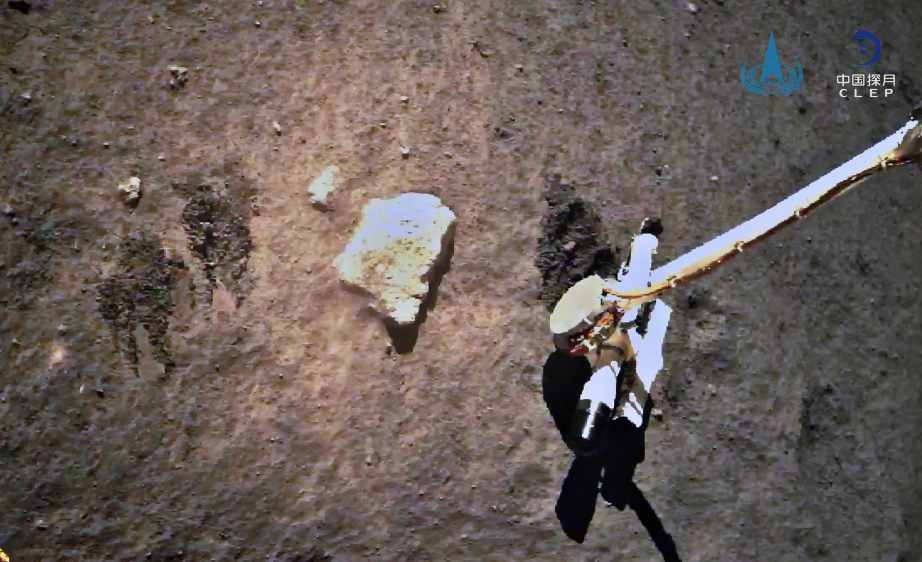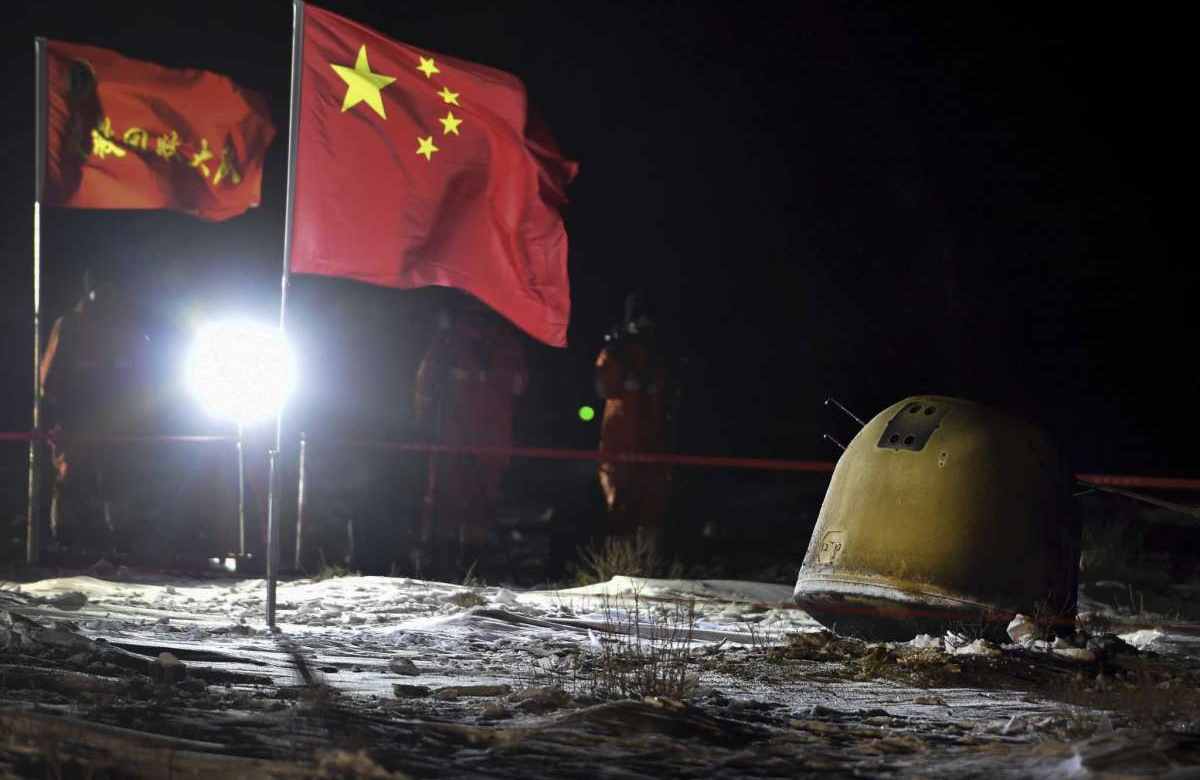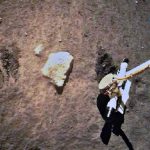China brings moon rocks back to Earth, making it the third country in the world to retrieve lunar samples after the U.S. and the Soviet Union

Last month, we wrote about China’s “historic” mission launch to the unvisited area of the moon. In what many experts said could mark the beginning of another era of “space races,” the mission of the unmanned spacecraft launch, was to bring back lunar rocks in the first attempt by any nation to retrieve samples from Earth’s natural satellite since the 1970s.
Now almost a month after the launch, China announced yesterday that it has brought moon rocks back to Earth in a first for the country as the space race with the U.S. heats up. The Chinese lunar probe returned to Earth with the first rock samples collected from the moon in decades. China now becomes only the third country in the world to retrieve lunar samples after the efforts by the U.S. in the 1960s and the Soviet Union in the 1970s.
On November 24, the Chang’e 5 spacecraft was launched via the Long March 5 rocket, China’s largest carrier rocket. The rocket blasted off at 4:30 a.m. Beijing time (2030 GMT on Monday) in a launch from Wenchang Space Launch Center on the southern Chinese island of Hainan carrying the Chang’e-5 spacecraft, named after the ancient Chinese goddess of the moon.
The probe landed on the moon on Dec. 1 and the day after it collected the samples. On Dec. 3, the spacecraft was successfully launched from the lunar surface into a pre-determined orbit around the moon carrying the samples.
Chinese President Xi praised the China National Space Administration (CNSA) team, according to a report from state-backed publication Xinhua. “Your remarkable feats will always be remembered by our country and people,” Xi said.
Below is a video of Chang’e-5’s successful touch-down brings an end to one of the most complicated missions in China’s aerospace history.
Below is a picture of Chinese capsule returns to Earth carrying moon rocks.





